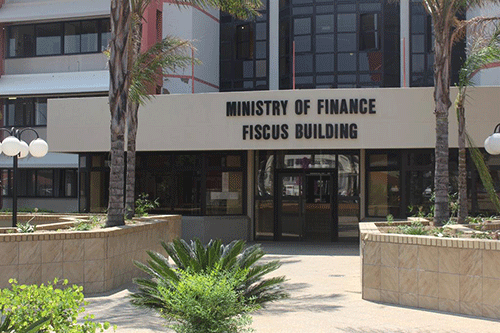Total debt as a percentage of gross domestic product (GDP) stood at 65.9% at the end of December 2022. This is 5.9 percentage points above the Southern African Development Community (SADC) benchmark of 60% of GDP.
Going forward, the total debt stock is anticipated to rise further but to start declining as percentage of GDP, benefiting from primary surpluses on the budget. This was shared by the Bank of Namibia (BoN) in a quarterly bulletin released last week.
“The debt stock of the central government continued to rise over the year to the end of December 2022, driven by a rise in domestic as well as external debt.
The total government debt stock stood at N$137.5 billion at the end of December 2022, representing an increase of 10.6% during the year under review,” reads the
bulletin.
The bank added the increase on a yearly basis was driven by a rise in the issuance of both treasury bills (TBs) and internal registered stock (IRS), coupled with a rise in external debt due to the disbursement of the African Development Bank Group (AfDB) loan in December 2022.
On a quarterly basis, total central government debt rose by 1.3%, driven mainly by a rise in domestic debt.
Additionally, in his 2023/24 national budget, finance minister Iipumbu Shiimi stated the public debt stock is estimated to increase to N$150.9 billion or 70.1% of GDP before peaking in the coming financial year. In nominal terms, the debt stock, he said, is still growing marginally above the growth in nominal GDP, and government aims to gradually close this gap towards the end of the medium-term expenditure framework (MTEF).
He added interest payments amount to N$10.2 billion, equivalent to 13.4% of revenues and 4.7% of GDP.
“There are moderate signs of stabilisation in the debt servicing metrics, although still above the desired benchmark of 10% of revenues. Therefore, further efforts are still required over the MTEF to get on a debt reduction path and entrench fiscal sustainability,” he said at the time.


